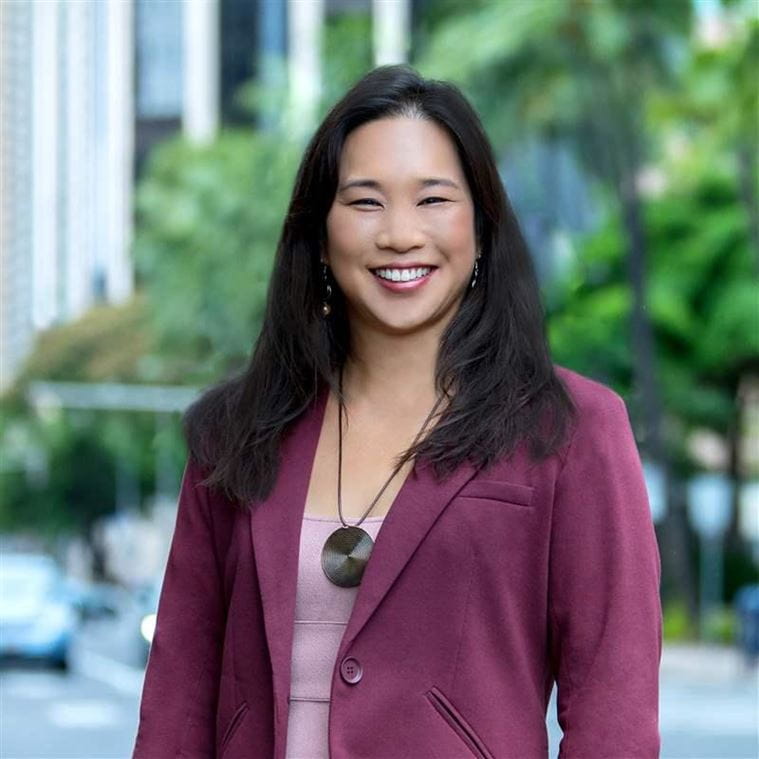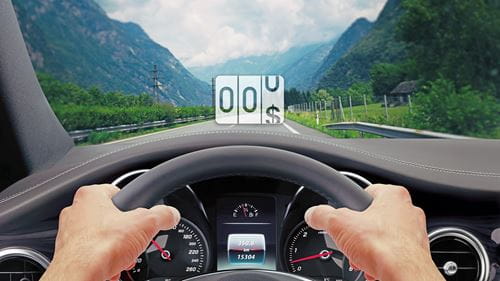Road-Usage Charging (RUC) Secrets to Success
Governments and automakers are racing to address climate concerns and meet evolving consumer demands for cleaner and more fuel-efficient vehicles. But, it’s a blow to the gas tax’s viability. To address this looming fiscal challenge, road-usage charges (RUC) have emerged as a powerful policy tool. A RUC system, sometimes referred to as vehicle miles traveled (VMT) fees or mileage-based user fees (MBUF), logs miles traveled and implements pricing based on actual usage of the system, sometimes using innovative technology.
RUC has the potential to provide sustainable transportation funding while transforming the relationship between road users and government. But every state is unique—with different policy objectives, fiscal constraints and infrastructure challenges—so RUC implementation is not a ‘one size fits all’ solution. Each program must be designed to answer questions of local concern and provide relevant inputs to policymakers.
As a leader in the research, pilot testing and advancement of RUC in the U.S. and abroad, CDM Smith brings experience-based insights across a broad range of disciplines and geographies. Ging Ging Fernandez is one of the firm’s top experts; she understands the interwoven policy, communication, and technical elements required for RUC to advance.
Here’s her advice on a four-pronged approach for success.
Invest in Stakeholder Engagement to Boost Understanding
![]() Public opinion research has consistently revealed a lack of understanding of how transportation is funded and confusion about the amount and purpose of gas taxes. Effective communication at the outset is arguably most important—and most challenging—for successfully deploying a RUC program.
Public opinion research has consistently revealed a lack of understanding of how transportation is funded and confusion about the amount and purpose of gas taxes. Effective communication at the outset is arguably most important—and most challenging—for successfully deploying a RUC program.
“To build understanding, it’s critical to understand the environment that influences decisionmakers,” says Fernandez. “Start with the stakeholders who might be first-in-line for questions from the public, like elected officials or department heads. Then broaden your approach until each group has been communicated with.”
Here are some other key strategies to keep in mind:
- Early and ongoing engagement with key stakeholders and organizations will help you to start identifying concerns and informing the approach to resolving concerns. Fernandez suggests building a roadmap that explains the strategy and benefits to key partners and details how a given state can right-size a RUC system to fit their circumstances. The implications of RUC to stakeholders will vary significantly from state to state, but “the key is providing the correct level of information and asking the right questions at the right time,” she says.
- Develop a robust communication plan with clear, concise, relatable messaging that is grounded in your state’s vision and values. Materials that illustrate funding challenges in easy-to-understand formats (like study-specific websites, fact sheets, legislative briefings, presentations, media infographics and interactive calculators) should be utilized.
Outreach like the largest-scale RUC demonstration in the country can also be hugely helpful: “Giving drivers the chance to see their own data and determine what personal impact a RUC system would have on them is one of the most effective ways to improve understanding of the issue and the possible solutions,” Fernandez says.
The implications of RUC will vary significantly from state to state, but the key is providing the correct level of information and asking the right questions at the right time.
Shape RUC to Fit Local Policy Objectives
![]() Many of the complications related to transitioning from the gas tax to a RUC are policy-based: Which vehicles should pay RUC? Will RUC revenue be used only for highway-related purposes (as is the case with the state gas tax today) or can it be expanded to include funding for other projects? What are the equity impacts to different user groups? What are the roles of different governmental entities in operating a RUC program?
Many of the complications related to transitioning from the gas tax to a RUC are policy-based: Which vehicles should pay RUC? Will RUC revenue be used only for highway-related purposes (as is the case with the state gas tax today) or can it be expanded to include funding for other projects? What are the equity impacts to different user groups? What are the roles of different governmental entities in operating a RUC program?
Here are some key strategies to keep in mind:
- Address and solve for the top concerns and questions in your community. Recently, CDM Smith and Hawaii DOT completed the largest-scale RUC demonstration in the country, reaching thousands of households across the state. Fernandez credits HDOT’s dedication to listening to the public’s concerns. “Transparency is especially important in Hawaii, where the state has specific environmental sustainability goals and socio-economic concerns that are top of mind for residents and policymakers.” Fernandez says that by having conversations about policy objectives and challenges early on with Hawaii’s motorists, the team was able to incorporate design features into a demonstration that directly addressed some of the major concerns expressed.”
- Consider implementation options that allow RUC to gradually scale up, offering drivers an opportunity to try the system and recommend further improvements while RUC is still in an early-implementation stage.
Identify the 'Right' Technology Approach
![]() Once the policy is understood, technology can bring RUC concepts to life, but there’s no one model for how a system should be designed. It’s important to focus on system design and technology choices that support your state’s underlying objectives.
Once the policy is understood, technology can bring RUC concepts to life, but there’s no one model for how a system should be designed. It’s important to focus on system design and technology choices that support your state’s underlying objectives.
Here are some other key strategies to keep in mind:
- Choice improves user acceptance. Providing a good mix of technology options to report mileage allows drivers to decide for themselves which trade-offs to make according to their needs, preferences, abilities and sensitivities. Consider a state specific technology assessment that weighs the benefits and challenges of various options and allows users to select and provide feedback on their best fit.
- Prioritize technology options that cater to users’ #1 concern. For many motorists, the RUC concept raises concerns over how to protect sensitive personal information. Policymakers can protect privacy in law and also through careful system design. For example, Fernandez suggests considering offering mileage-reporting methods that do not require information about location of travel. “That way, the only data the state receives is the total number of miles driven—not when or where they occurred,” she says.
- Stay abreast of emerging technologies and evaluate their feasibility, viability and potential for supporting your objectives. Keep an inventory of emerging systems and new partners along with an analysis of benefits, drawbacks, challenges and opportunities they present that could help you advance your state’s RUC concept.
Build Momentum by Expanding Your Networks
![]() RUC projects include a full range of research, analysis and guidance, along with financial considerations and technical design of implementation approaches. Bringing in collaborators can provide different perspectives and fresh new ideas.
RUC projects include a full range of research, analysis and guidance, along with financial considerations and technical design of implementation approaches. Bringing in collaborators can provide different perspectives and fresh new ideas.
Here are some other key strategies to keep in mind:
- Leverage local relationships with university partners and innovation labs. Recently, the Washington State Transportation Commission (WSTC) partnered with students from the University of Washington to develop a new smartphone app that allowed state-wide RUC pilot participants to log and automatically report their miles traveled. This participatory design approach lends itself well to the RUC concept, since development teams can use feedback from users to continually refine the approach throughout the pilot.
- Consider partnering with industry representatives to solicit feedback and share lessons learned. These can include automobile manufacturers, environmental and community organizations, user-fee technology companies, and key state legislative leaders.

Giving drivers the chance to see their own data and determine what personal impact a RUC system would have on them is one of the most effective ways to improve understanding of the issue.








